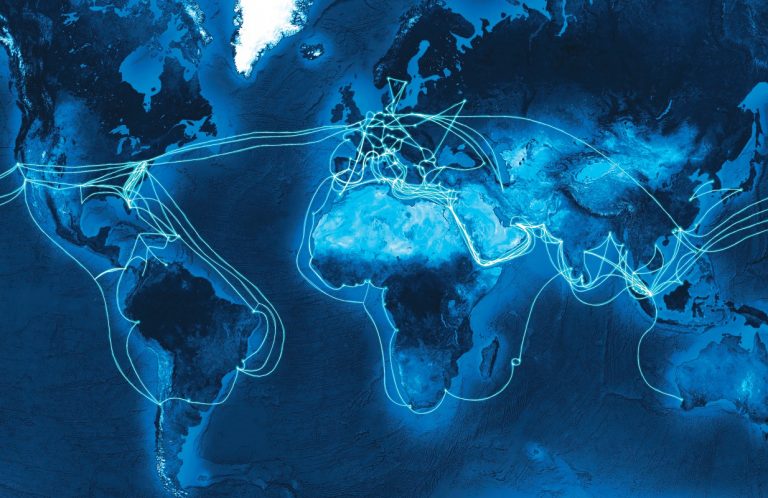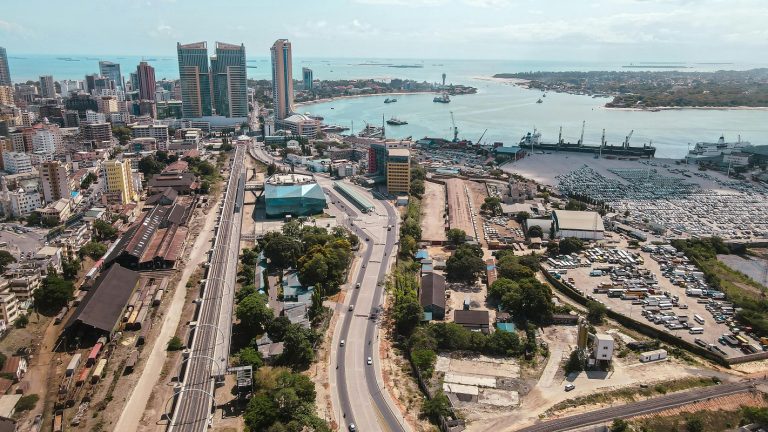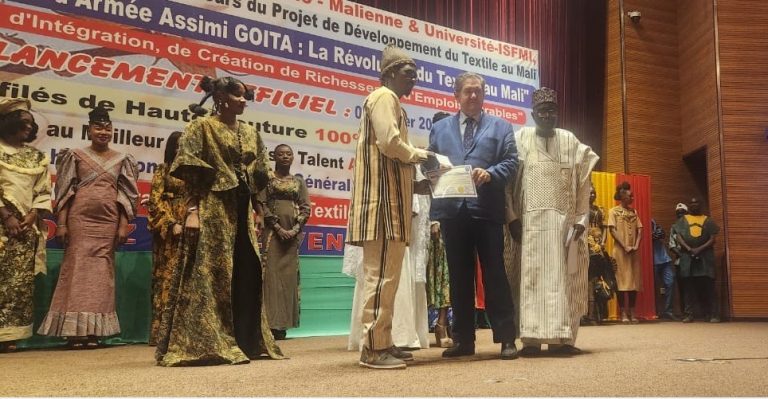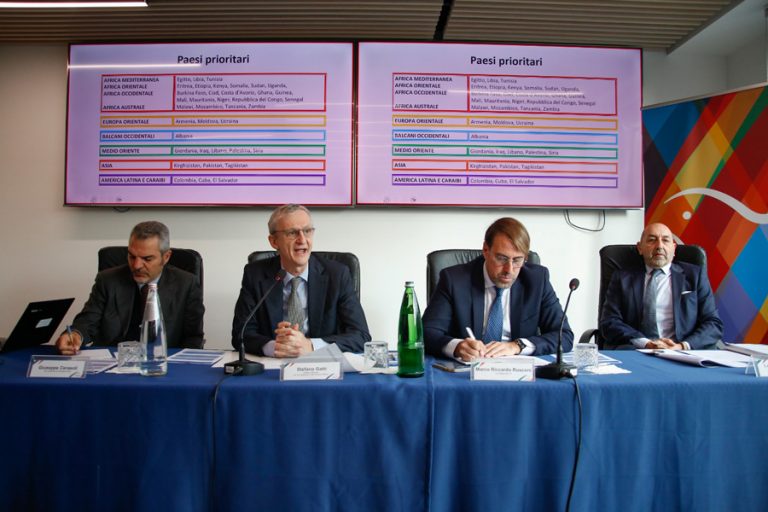Senegal’s new government has presented a plan for the country’s development over the next 25 years. Entitled ‘For a Sovereign, Just and Prosperous Senegal,’ the ‘Senegal 2050’ programme has ambitious economic goals – to triple per capita income by 2050 and ensure annual growth of more than 6% by, among other things, developing a strong private sector and fostering competitiveness.
The ‘Senegal 2050’ Plan will be developed around four axes – a competitive economy, to create employment and make the most of the country’s natural resources through industrialisation and the use of digitisation and Artificial Intelligence; continuous planning and development, while attaining environmental sustainability, creating a circular economy, preserving ecosystems, protecting biodiversity, managing the land in a sustainable manner, and promoting ecological transition and the use of renewable energy; quality human capital and an equitable society, to be achieved through a quality education policy and equal opportunities; and good governance and African integration, to be achieved through the fight against corruption, PA reforms and the strengthening of Senegal’s role in the Pan-African context.
Each of the four axes will then have more targeted strategic objectives within them. In particular, the plan envisages the implementation of infrastructural investments – such as the construction of railways and highways – aimed at reducing travel time between the various areas of the country. These infrastructures will thus increase the development of Senegal’s inland areas. Indeed, at present, 46% of Senegal’s Gross Domestic Product (GDP) is produced in the Dakar area. ‘Senegal 2050’ seeks to distribute the contribution to economic growth throughout the country by creating multi-sectoral growth poles according to the specificities of each area, which will have to specialise in one economic sector at a time.
In the government’s forecasts, industrial development will be based on the extraction of fossil fuels (oil and natural gas), of which major, yet unexploited reserves have been identified in the last decade. The start-up of a major extractive industry will be a fundamental prerequisite for the country’s endogenous growth and the development of the formal private sector.
The ambitions announced include training 700,000 young people over the next five years, reducing the cost of electricity through the use of gas, and investing in research and innovation, all at a cost of CFA 18.5 billion (over USD 30 million), of which only 60% would be financed by the State. Furthermore, the government expects Senegal to move from 92nd place on the 2023 Gini index to 10th among countries with less inequality in the world by 2050. In the same timeframe, the government also expects a reduction in the poverty rate from the current estimated level of 37% of the population to 15%.
The government also presented its plan for the 2024-2029 period, which will focus on reforms in the Public Administration, improving services to citizens, and job placement for young people.









